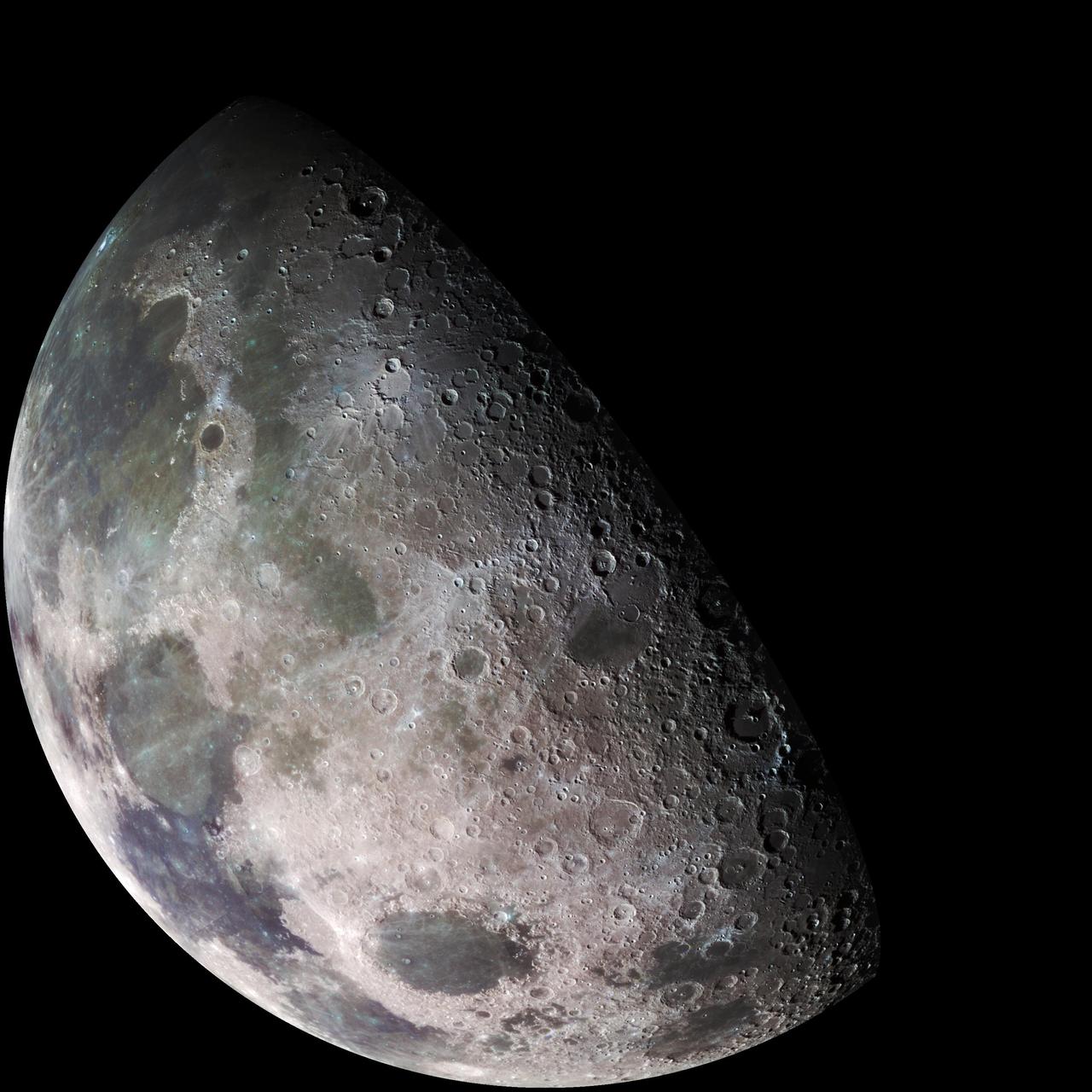
Space mining – the extraction and use of resources from the moon, asteroids and more – once sat firmly in the realm of science fiction.
Now, the first missions to harvest water from the permanently shadowed regions of the moon could be only a decade away. Earlier this month, a pair of Colorado congressmen introduced legislation to study the creation of a NASA-led Space Resources Institute that would sponsor and lead foundational scientific research and technology development in space resources.
At Colorado School of Mines, home to the world’s first graduate program in space resources and the world-class Payne Institute for Public Policy, a group of researchers are calling for policies to be developed now to ensure the advancement of the burgeoning industry.
Four professors from the Mines Center for Space Resources and Payne Institute were co-authors on a recently published paper in the journal Issues in Science and Technology of the National Academy of Sciences that sets out a framework for new national and international policy related to the development and use of space resources.
The paper represents the first of many planned collaborations between the Payne Institute and the Center for Space Resources on issues of science and policy related to space resources.
“As we embark in a new era of exploration and economic expansion into space, it is essential that science and engineering move along with appropriate policies to ensure that resources beyond Earth are utilized in an effective, sustainable, and responsible way,” said co-author Angel Abbud-Madrid, director of the Center for Space Resources. “With 145 years of experience developing these capabilities with terrestrial resources, Mines has unparalleled expertise and a unique opportunity to lead in this new effort.”
In addition to Abbud-Madrid, contributing to the paper were Ian Lange, director of the Mineral and Energy Economics program at Mines and a Payne Institute fellow; George Sowers, a professor of practice in the Space Resources Program; and Morgan D. Bazilian, executive director of the Payne Institute and a professor of public policy. The paper’s lead author was Ian Christensen, director of private sector programs at the Secure World Foundation.
Currently, the foundation of international space law and policy is the United Nations Treaty on Principles Governing the Activities of States in the Exploration and Use of Outer Space, including the Moon and Other Celestial Bodies, also known as the Outer Space Treaty, which was adopted in 1967 and signed by the United States and 104 other countries.
“It states that the Moon and celestial bodies are not subject to national appropriation by claims of sovereignty,” the researchers wrote. “Yet it also states that those same celestial bodies are free for exploration and use by all nations."
The treaty calls for nations to establish their own “authorization and supervision” processes to govern commercial space companies and other nongovernmental organizations. But tensions exist, the researchers wrote, since space mining would require some possession right to regions in space.
To address those tensions and to ensure “the creation of a vibrant new industry in a manner in which benefit is broad and not limited to just those directly involved,” policies following four basic guidelines should be developed, they argue:
- Space-based policies should consider the positive and negative lessons learned from extractive industries on Earth.
- New policies and regulations should take an adaptive approach and be incremental in nature.
- The concept of benefit, as required by the Outer Space Treaty, must be broadened beyond monetary terms.
- The basic principles need to be coordinated and shared among nations, to ensure domestic regulatory approaches are “informed, effective and not fragmented.”
“Space resources have the potential to spur the next economic revolution for humankind,” the researchers wrote. “It is important in the early days of creating this new industrial sector to develop policies, informed by sound scientific and engineering principles, that enable and encourage progress while anticipating some of the challenges ahead.”
Image credit: NASA/JPL/USGS
CONTACT
Emilie Rusch, Public Information Specialist, Communications and Marketing | 303-273-3361 | erusch@mines.edu
Mark Ramirez, Managing Editor, Communications and Marketing | 303-273-3088 | ramirez@mines.edu



